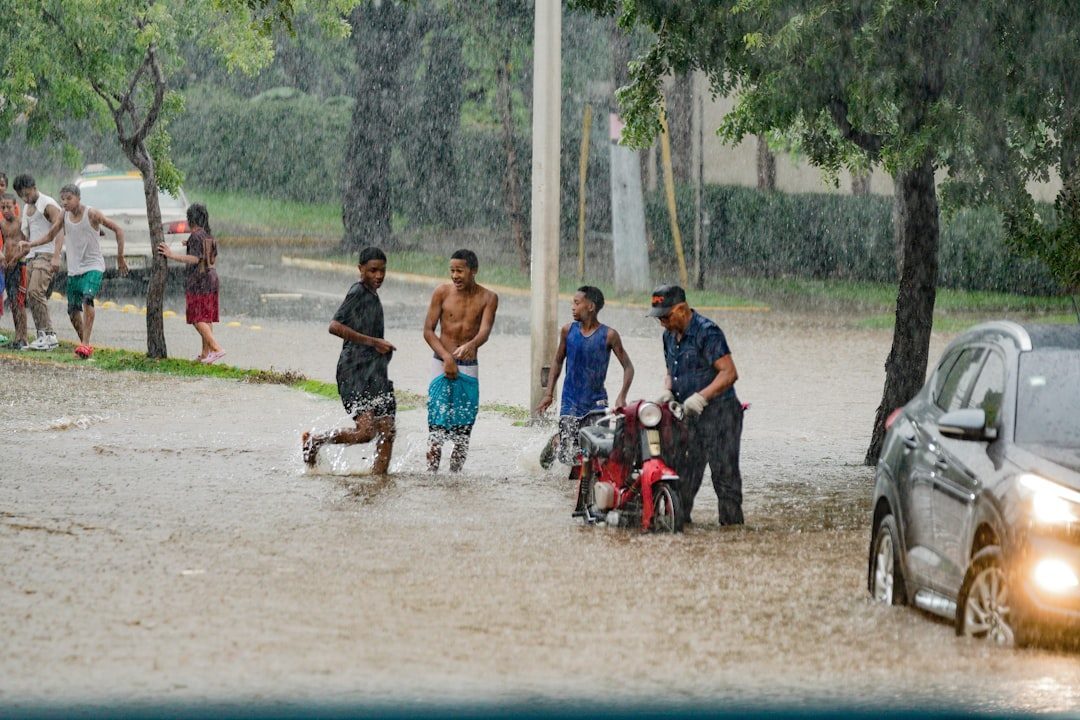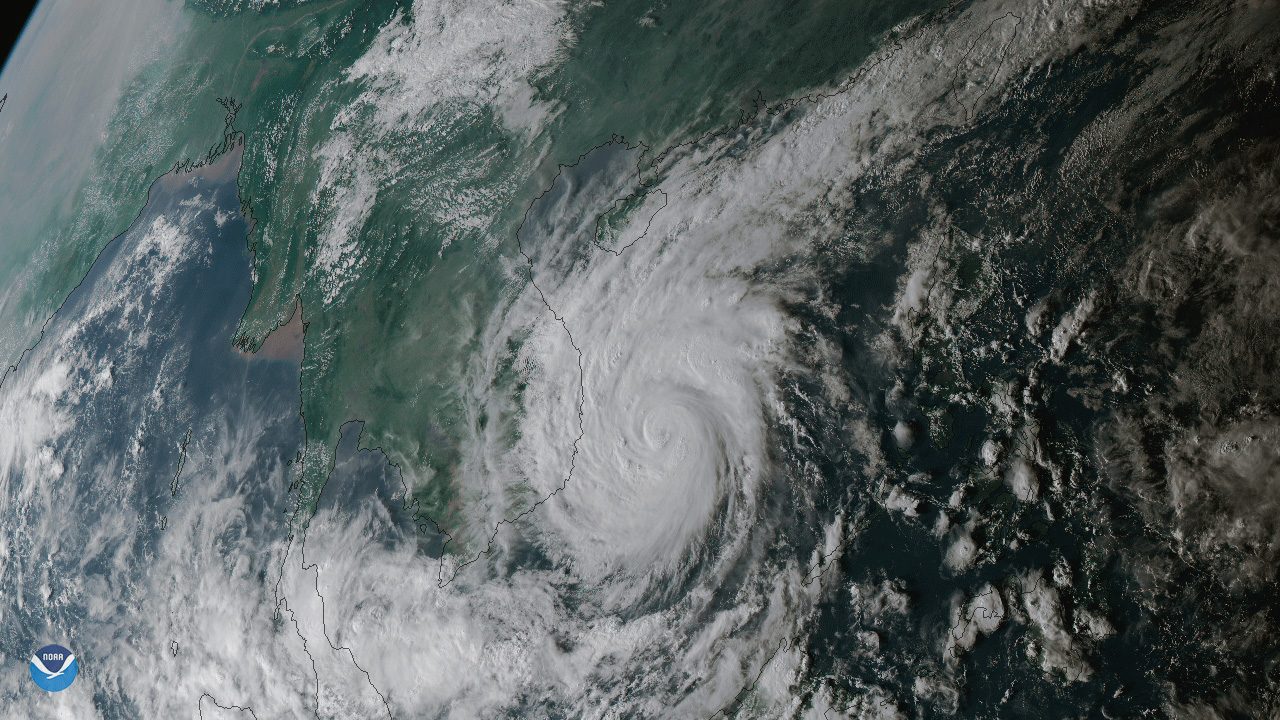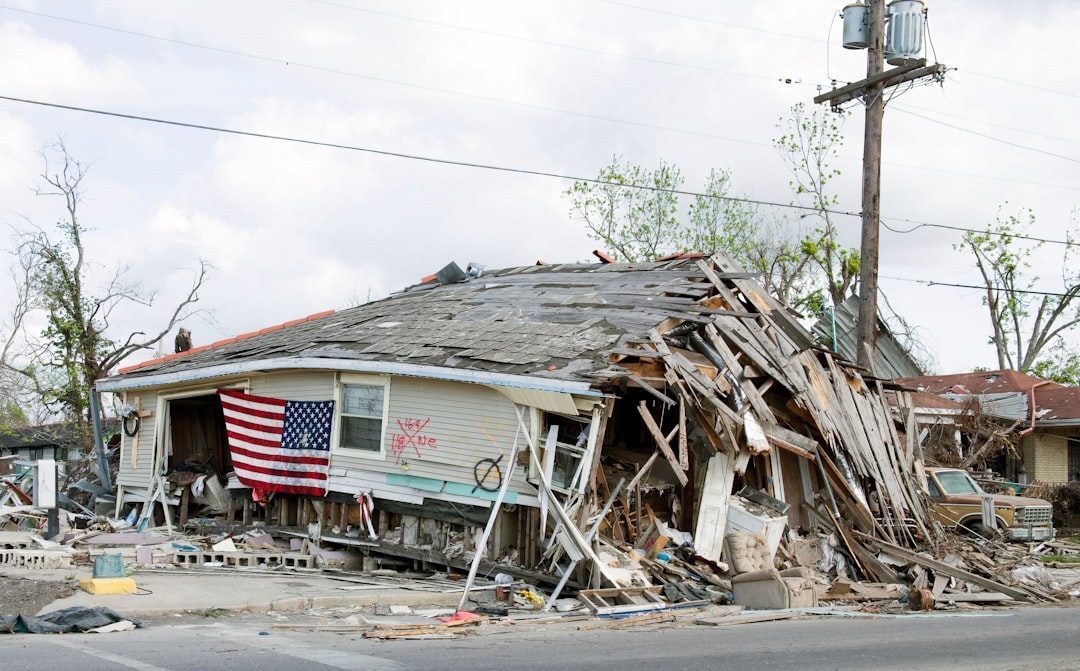10 Countries Seeing Extreme Weather Impacts, Climate Data Shows
Climate change isn’t just about rising temperatures anymore. We’re witnessing a dramatic shift in how extreme weather batters nations worldwide, with some countries bearing the brunt far more severely than others. From 1995 to 2024, more than 832,000 lives were lost and direct economic losses of nearly USD 4.5 trillion (inflation-adjusted) were recorded, driven by more than 9,700 extreme weather events. The numbers paint a stark picture of our planet’s accelerating climate crisis.
Philippines – The Disaster-Prone Archipelago

The Philippines consistently ranks among the world’s most climate-vulnerable nations, earning the unfortunate distinction of being the most disaster-prone country globally. Based on 2023 data, the country most prone to natural disasters is the Philippines. The Philippines is prone to natural disasters because it is located on the Circum-Pacific belt, also called the Pacific Ring of Fire, because the majority of the planet’s earthquakes and volcanoes take place along the ring. According to the report, the Philippines suffered 371 extreme weather events between 1995 and 2024, resulting in more than 27,500 deaths and over $35 billion in economic losses.
What makes this situation particularly devastating is the relentless nature of disasters hitting the country. “Countries such as Haiti, the Philippines, and India – all of which are among the 10 most affected countries – face particular challenges,” said Vera Künzel, co-author of the study. She explained that these nations are struck by floods, heat waves, or storms so frequently that “entire regions can hardly recover from the impacts until the next event hits.”
India – Facing Recurring Climate Extremes

The Climate Risk Index 2026 ranks India ninth among the world’s most climate-affected countries. India faced nearly 430 extreme weather events between 1995 and 2024, causing over 80,000 deaths. Covering the period from 1995 to 2024, the study said India’s climate disasters affected around 1.3 billion people and caused economic losses estimated at nearly USD 170 billion. The sheer scale becomes evident when considering that twenty-seven of India’s twenty-nine states regularly face cyclones, floods, droughts, earthquakes, and landslides.
Heatwaves in India affected voter turnout during the world’s biggest election, as nearly a billion Indians headed to polls. The country’s vulnerability stems from its diverse topographic features and massive population density, making millions extremely susceptible to climate impacts.
Spain – Europe’s Climate Wake-Up Call

Spain experienced one of its deadliest natural disasters in modern history during 2024, fundamentally altering how Europe views climate risk. Spain: In late October, torrential rains hit eastern Spain, triggering catastrophic flooding that killed over 220 people and did $12 billion in damage, primarily in Valencia. Spain: In late October, torrential rains hit eastern Spain, triggering catastrophic flooding that killed 231 people and did $12 billion in damage, primarily in Valencia. On 29/30 October, a weather station in Chiva received 491 l/m² in just eight hours – the equivalent of a year’s worth of rainfall, according to AEMET – Agencia Estatal de Meteorología.
The catastrophic storm unleashed by the DANA (isolated high-altitude depression) that struck Valencia in October last year has propelled Spain into the top 20 countries worldwide most severely impacted by climate change in 2024. Spain now occupies 20th position in the 2024 rankings and sits at 24th place when examining the broader period from 1995 to 2024. This disaster highlighted how even developed European nations remain vulnerable to climate extremes.
Myanmar – Political Chaos Meets Climate Crisis

Myanmar appears consistently in global climate risk rankings, facing a double burden of political instability and extreme weather. Dominica tops the long-term ranking (1995-2024), followed by Myanmar, Honduras, Libya, Haiti, Grenada, the Philippines, Nicaragua, India, and the Bahamas, according to the CRI 2026. The country’s political turmoil since 2021 has severely hampered its ability to respond effectively to climate disasters, creating a dangerous feedback loop where governance failures amplify climate vulnerabilities.
Cyclones regularly batter Myanmar’s coastline, while internal conflict has displaced millions, making populations even more susceptible to weather extremes. The combination of inadequate infrastructure and limited international support due to political sanctions creates perfect storm conditions for climate-related catastrophes.
Bangladesh – Living with Rising Waters

Bangladesh is one of the most at-risk countries due to its low-lying geography and dense population. Situated along the Bay of Bengal, much of the country’s landmass is prone to severe flooding from rising sea levels and storm surges, exacerbated by increasingly intense cyclones. In late May, Cyclone Remal, with wind speeds measuring up to 140km/h ripped through the Bay of Bengal affecting both the coastal regions of Bangladesh and India’s West Bengal state. While only moderate in strength, Cyclone Remal proved very destructive, forcing over 800,000 people in Bangladesh and over 110,000 people in India to evacuate to storm shelters, and killing at least 69 people.
By 2025, coastal erosion and salinization of soil could further threaten food production in the region, putting millions at risk of displacement and food insecurity. Additionally, the country’s vast river systems – including the Ganges, Brahmaputra, and Meghna – are highly susceptible to increased rainfall and glacier melt from the Himalayas, which could lead to devastating floods.
Brazil – Amazon Under Siege

Brazil experienced its most expensive weather disaster on record in 2024, fundamentally reshaping how the nation views climate adaptation. Brazil: Not only did Brazil suffer its costliest weather disaster on record in 2024 – the $14.5 billion in damage from the Rio Grande do Sul floods – the nation also suffered $6 billion in losses from drought and had massive fires that burned an area the size of Italy – the largest area on record – in the Amazon. Brazil: Not only did Brazil suffer its costliest weather disaster on record in 2024 – the $14.5 billion in damage from the Rio Grande do Sul floods – the nation also suffered $6 billion in losses from drought and had massive fires that burned an area the size of Italy – the largest area on record – in the Amazon.
Porto Alegre was the first hit in 2024. Torrential rains began in April and lasted six weeks, bringing overflowing rivers and massive mudslides. At least 180 people died and half a million were driven from their homes. The Amazon fires represent a particularly troubling development, given the rainforest’s critical role in global climate regulation.
Vietnam – Southeast Asian Hurricane Magnet

Vietnam faced unprecedented typhoon intensity in 2024, marking a significant escalation in regional climate impacts. Super typhoon Yagi (called Enteng in the Philippines) struck several countries in Asia, but Vietnam suffered the most damage. It was the second-strongest typhoon in 75 years to hit Haikou in China and the strongest in 70 years to hit Vietnam. Thousands of homes were destroyed and hundreds of people were killed in Vietnam, China, the Philippines, and Thailand.
The typhoon demonstrated how climate change is intensifying storm systems across Southeast Asia. For 2024 alone, the countries most affected were St Vincent and the Grenadines, Grenada, Chad, Papua New Guinea, Niger, Nepal, the Philippines, Malawi, Myanmar, and Vietnam, many of them small island or low-income states. Vietnam’s coastal geography makes it particularly vulnerable to these strengthening storm systems.
Libya – Mediterranean Disaster Zone

Libya experienced catastrophic flooding that demonstrated how climate change amplifies infrastructure failures. Months later, more than 3,400 people lost their lives in Libya when three dams collapsed after prodigious downpours in September. While conflict-related insecurity and poor dam maintenance created the conditions for the disaster to occur, we found that climate change increased the intensity of the heavy rainfall by up to 50%.
A similar “cut-off” system in September 2023 (Storm Daniel) caused massive devastation in Greece and then moved on to Libya where it triggered the collapse of dams, causing massive loss of life. The disaster highlighted how political instability and neglected infrastructure create deadly combinations when extreme weather strikes.
United States – Billion-Dollar Disasters

The United States faced multiple record-breaking weather disasters throughout 2024, demonstrating that even wealthy nations struggle with climate adaptation. In the United States, Hurricane Helene killed 251 people and caused roughly US$79 billion in damages in 2024; the Los Angeles wildfires killed at least 30 people, caused at least US$250 billion in damages and disrupted millions of lives; and a catastrophic flash flood in Texas killed at least 135 people.
According to Munich Re, the total economic losses from natural disasters in 2024 exceeded $320 billion globally, nearly 40% higher than the decade-long annual average. The scale of American disasters reflects both the country’s exposure to diverse climate hazards and the enormous economic costs of protecting high-value infrastructure and communities.
Central Europe – Unprecedented Flooding

Central European nations experienced some of their worst flooding on record during 2024, fundamentally challenging regional disaster preparedness. Around two million people across Central Europe were affected by severe flooding in September, followed by extensive floods in Valencia in October, which killed over 200 people and destroyed homes and businesses. Europe accounted for three of the top ten costliest disasters, with Storm Boris in central Europe and floods in Spain and Germany costing a combined $13.87 billion (€13.5 billion). These events killed 258 people – 226 of which were in Valencia’s floods in October.
Other parts of Europe have also been badly hit by floods this year. In mid-September 2024 a very large region in Central Europe experienced very heavy rainfall, breaking local and national rainfall records. The flooding demonstrated how climate change is reshaping European weather patterns, bringing Mediterranean-style deluges to regions traditionally considered temperate.






